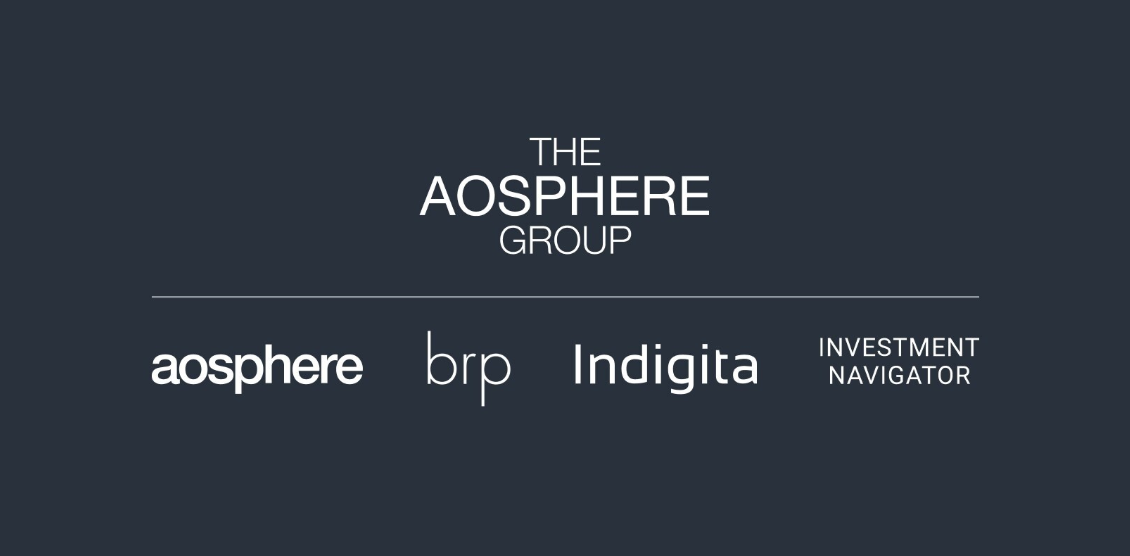by Achille Deodato, CEO at Indigita SA
The Need for Digitisation in Cross-Border Compliance
Financial institutions face growing complexity when it comes to cross-border compliance. Regulatory expectations, jurisdictional restrictions, and the ever-evolving global financial landscape make it essential for banks to equip their private bankers with the right tools and training. While many banks have adopted digital solutions to support compliance, the effectiveness of these tools hinges on consistent implementation and the integration of best practices.
Based on insights gathered from across the Swiss financial industry, this article outlines best practices for digitising and streamlining cross-border compliance controls, both through standalone and integrated solutions.
Best Practices for Standalone Solutions
Cross-Border e-Learning Programs
When it comes to cross-border training, banks must first ensure that countries are appropriately allocated to Relationship Managers (RMs) in accordance with FINMA’s market purity guidelines. While in certain cases an RM may be assigned to a single country, it is generally permissible for an RM to be responsible for up to four or five jurisdictions. Sometimes, institutions may group countries into broader geographical clusters to facilitate wider coverage by individual RMs. Alternatively, some banks assign only core markets to dedicated desks, thereby preserving adherence to market purity principles across the majority of their RM population. Non-core markets may then be consolidated under a separate, centralized desk, typically operating on a reverse solicitation basis, to manage residual client activity while maintaining regulatory compliance.
Once country assignments are in place, banks typically adopt one of two models. In the more common approach, private bankers are assigned training modules only for their core markets. Alternatively, some banks allow private bankers to self-enrol in all available training courses with an obligation to train on core markets, providing greater flexibility but less strict oversight.
The frequency of these training programs varies. Most banks mandate annual completion, though some adopt a biennial cycle. In certain cases, institutions require training when cross-border manuals are updated. Regardless of frequency, once a jurisdiction is assigned, private bankers are generally expected to complete their training within one to three months and always before initiating any client interactions or travel. The frequency of training may also vary based on the nature of the activities performed by private bankers. For example, those who do not engage in cross-border travel generally require less frequent training.
Compliance with training obligations should be taken seriously. In many institutions, non-compliance may lead to restrictions on travel to the relevant country and can impact a private banker’s bonus. Disciplinary actions, such as formal warnings, or blocked access to relevant client accounts are less frequent but remain a possibility.
Cross-border Digital Tools
Access to cross-border compliance information in digital tools is managed with varying levels of granularity. In most cases, private bankers can consult information on all countries subscribed to by the bank. However, some institutions restrict access to only those countries assigned to each private banker for which the appropriate training has been completed.
To reinforce governance, auditable trails must be a core component of cross-border compliance processes. Prior to undertaking travel, private bankers are typically required to complete specific pre-travel checks to confirm the permissible scope of their activities in the destination country. These verifications should be formally documented by the bank to demonstrate that appropriate controls are in place and effectively implemented. Following client meetings, a comparable audit trail should be included in the visit report when the client is domiciled abroad, to evidence compliance with cross-border regulatory requirements.
Best Practices for Integrated Solutions
Core Banking System Integration
Integrating cross-border controls directly into the core banking system enhances consistency and automation. Many banks now restrict access to international client accounts based on training completion, ensuring that only trained private bankers can engage in cross-border activity. Marketing communications are filtered automatically to prevent distribution of non-compliant messages, and investment proposals are subject to pre- and post-trade controls to meet jurisdictional product placement rules. Additionally, some banks have introduced automated tax suitability checks and portfolio rebalancing based on cross-border requirements.
CRM Integration
Customer Relationship Management (CRM) systems offer another avenue to embed compliance into everyday processes. From the first point of contact to ongoing client servicing, automated checks help verify that all interactions meet cross-border standards. Travel requests are also integrated into the CRM workflow, limiting access based on training status and ensuring that only appropriately trained private bankers can plan business trips abroad.
HR System Integration
By linking cross-border compliance with Human Resources systems, banks can automate training assignments based on a private banker’s role and geographic responsibilities. This integration enables real-time tracking and monitoring help Compliance teams identify training gaps early and enforce mandatory completion, making the process more proactive and less reliant on manual oversight.
Conclusion
As regulatory scrutiny intensifies and cross-border client activity becomes more complex, financial institutions must evolve beyond manual processes. Digitisation, when paired with consistent policy enforcement and strategic integration, can significantly enhance compliance, reduce risk, and support business agility. Embracing these best practices allows banks to empower their teams, strengthen governance, and uphold regulatory standards across diverse jurisdictions.




